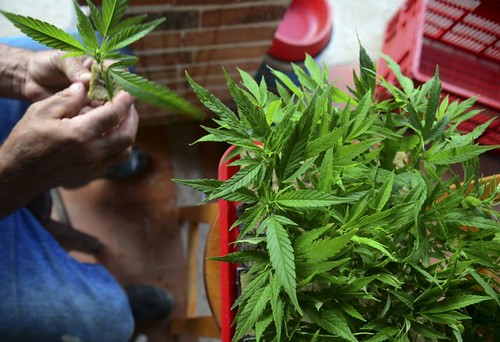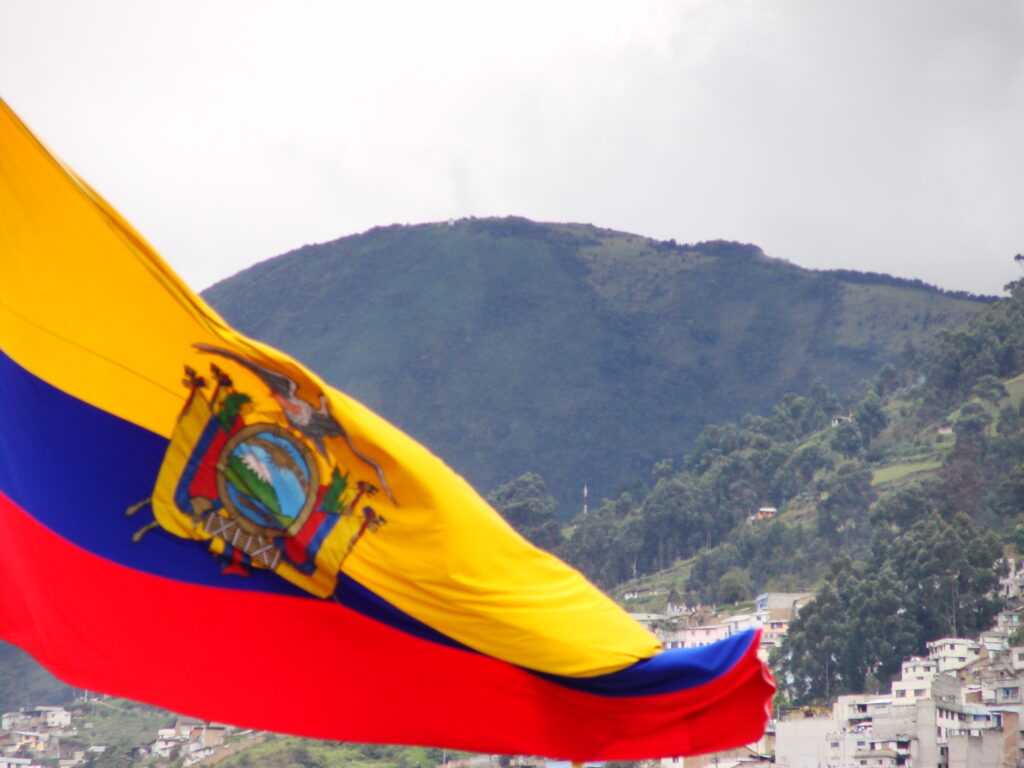Despite the coronavirus pandemic, new legislation and business partnerships have Latin America on the verge of a cannabis boom, according to a new report.
The report from Prohibition Partners, a market research firm studying the cannabis industry, looked at recent investments and laws to keep marijuana more accessible in the region.
Recent steps towards wider decriminalization from Paraguay, Ecuador and Argentina, among others, have opened the doors for further investment in the region pertaining to marijuana.
Earlier this month, Argentina allowed people to grow cannabis at home and for people to take it medicinally if they are uninsured.
Though there has been a slower progression because of COVID-19’s economic impact on the region, the industry is still evolving in multiple ways.
“Much is expected for the last months of 2020 and early 2021, with countries discussing recreational approval and a growing interest not only in the hemp industry but also in the sustainability element of its cultivation along with cannabis,” the report read.
As part of that, the Uruguayan company Pharmin is expected to bring its brand of medical marijuana products to Brazil beginning in January. There are an estimated 2 million people in Brazil who could potentially use cannabis for various treatments.
Latin America’s production costs are lower than North America, primarily because of lower wages for workers. Per the Colombian Association of Cannabis Industries, for example, a gram of cannabis is worth about 50 cents in Colombia, whereas a gram in Canada costs an average of $2.14 U.S. dollars.
These lower costs are expected to attract more investors to the region, especially considering that stocks are dropping for cannabis investors elsewhere. Another advantage for Latin America is the tropical climate, which provides 12 hours of daylight and lots of rainfall to grow abundant crops.
Prohibition Partners expects the established industry leaders in the region, like Uruguay and Colombia, to led the way in growth by entering markets in Brazil and elsewhere in Latin America. This can take the dependence off exports and allow the cannabis economy to grow internally.
“Growing demand for a local market can be expected to emerge, shifting the attention from an export only economy to an industry that will pay increasing attention to tapping into the local market opportunities, facilitated by a highly urbanized population, a high pharmacy-chain market share, a wide availability of delivery services and a growing telemedicine trend in a highly digitalized society,” the report read.
And while high rates of infection from COVID-19 and subsequent lockdowns have devastated the economy in Latin America, industry leaders in the region believe that governments will have more incentive to create legal avenues for the medicinal and recreation sides of marijuana grow.
“Although there are always advantages to being an early mover, the current COVID-19 situation brings forward the demand for revenue generation, which also requires the government to adapt the regulatory pathway to help the sector achieve these milestones,” said Lucas Nosiglia, who heads Latin American operations for the medical marijuana manufacturer Avicanna. “The outcome so far is positive as we have been able to accelerate certain commercial efforts, including the successful export of non-psychoactive API and seeds both domestically, in Colombia, and to international markets, including the US.”











